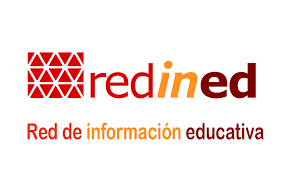Critical thinking: Reflections about its place in Higher Education
Abstract
In a sociocultural context defined by the fact that young adults will sooner or later be facing doubts, ambiguity, and fast changes, and in which it is necessary to be able to make sense of contradictory information, make hard decisions, and solve complex problems, critical thinking seems to reveal itself as something more than “gainsaying”. This is a cognitive resource that has gradually been receiving significant importance, considering the relationship between this transferable skill and variables such as academic performance, or success in daily life. To help clarify the concept of critical thinking, through the Halpern Critical Thinking Assessment test
(Halpern, 2010), we present its definition; discuss its importance in academic learning,
everyday life, and job market; analyze data obtained by assessing a sample of graduate degree, master’s degree, and doctorate students. According to our data, students’ average grades vary according to the type of degree studied (bachelor’s degree, master’s degree, or doctorate), and the scientific field of study (social sciences, or science and technology). From these findings, we make some considerations about the place that critical thinking occupies - and the place it should occupy - in higher education.
Downloads
-
Abstract3092
-
PDF (Español (España))1724
Original work publishes in this journal is subject to the following terms:
1. Murcia University Press (the publishing house) holds the copyright of the publishes work, and favours and allows their reutilization under the use license stated in point 2.
© Servicio de Publicaciones, Universidad de Murcia, 2015
2. Work is published in the electronic edition under a license (Creative Commons Reconocimiento-NoComercial-SinObraDerivada 4.0 España (legal text). They can be copied, used, disseminated, transmitted and publicly presented, as long as: i) authorship and original publication source is acknowledged (journal, publishing house and URL of the work); ii) are not used for commercial purposes; iii) the existence and specifications of this use license is stated.
3. Conditions for self-archive. Authors are allowed and encouraged to disseminate electronically the pre-pint (before review) and/or post-print (accepted for publication) versions of their work before their publication since that favours earlier circulation and dissemination resulting in an increased chance for the authors to be cited and for the work to reach a bigger share of the academic community. Colour: RoMEO: green.







